Fiber Optic Sensing and Mining an Ocean of Data
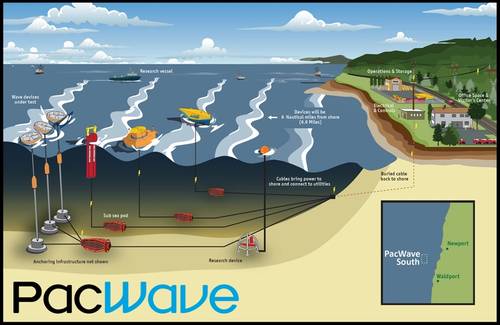
Image 3. The PacWave site – a wave energy test site, which includes a fibre optic cable that will be available for DAS research. Image from University of Oregon.
Fiber optic sensing is opening up vast new areas of research and data gathering potential, not least across our oceans, where existing cables could offer a new global sensing network. Elaine Maslin reports.
Criss crossing between our nations, across channels and between continents are a multitude of cables – some 120 million km of them. Some are pretty old (the first international submarine cable was laid across the Channel, between the UK and France, in 1850). But many laid since the 1980s contain fibre optics and provide the conduits for everything from those YouTube cat videos to stock market data.
An increasing number of researchers are now hoping that they can also use these cables to create a global sensing network that could tell us a lot more about the earth – and much else besides – using distributed acoustic sensing (DAS).
DAS involves using a photonic device that sends short pulses of laser light down an optical fibre and detects the backscattering created by strain in the cable that is caused by stretching. With interferometry, they can measure the backscatter every 2 m (6 ft), effectively turning a 20-km cable into 10,000 individual motion sensors. This capability could plug a huge gap in ocean sensing.
“For geophysicists, there’s a big gap in instrumentation below the ocean,” says Dr. Diane Rivet, Seismologist Professor Assistant - Head of OCA Seismological Observatory, Observatoire de la Côté d'Azur - Univ. Côte d'Azur. “The ocean covers 70% of the earth’s surface, so it’s a blind spot for us and there’s no way to measure what’s happening on the seafloor using remote sensing. For seismologists, this is very important for understanding seismicity, volcanic activity and natural hazards that take place below water.”
It’s been something of a journey but there’s a small but growing band of researchers and now commercial operations looking at it. One is Dr. Nate Lindsey, Lead Scientist at FiberSense, a young company providing digitally inter-connected fiber-based sensing solutions. “When I first started looking at DAS we were working on permafrost thaw detection with the Cold Regions Research and Environmental Lab in Fairbanks, Alaska,” he says. “Installing cables ourselves in a field took weeks, so it was difficult to understand how this technology would grow to any significant scale. But during that experiment we started seeing earthquakes across the world on our Alaskan DAS array.” Seeing the potential, but also how long it took to lay new cable, led to the idea to use already installed fibre. And, from there, it was a short leap to thinking about using offshore cables, where it was even harder to deploy sensors, especially high resolution systems.
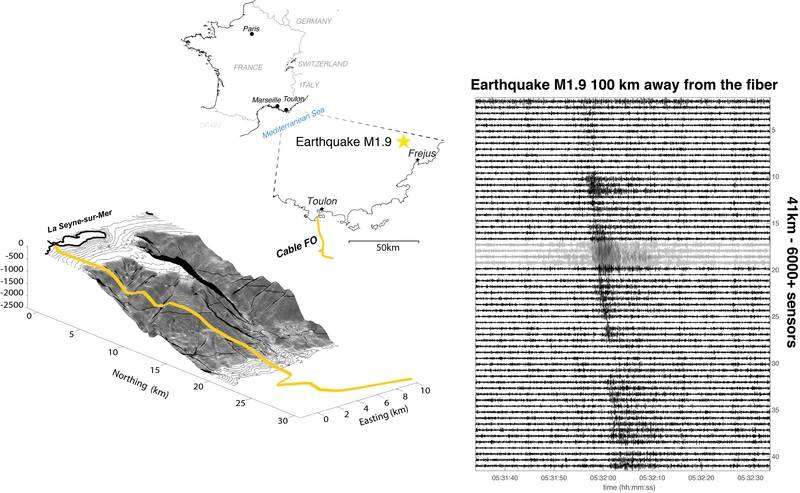 Image 1. Seismic waves generated by a 1.9 magnitude earthquake located north of Fréjus (Var), recorded along the 41 km-long fibre optic cable deployed on the seafloor off Toulon. Photo from Diane Rivet Sladen et al. nature com. 2019.
Image 1. Seismic waves generated by a 1.9 magnitude earthquake located north of Fréjus (Var), recorded along the 41 km-long fibre optic cable deployed on the seafloor off Toulon. Photo from Diane Rivet Sladen et al. nature com. 2019.
That project led to an experiment, in March 2018, involving the University of California, Berkeley (where Lindsey was a graduate student), Lawrence Berkeley National Laboratory, Monterey Bay Aquarium Research Institute (MBARI) and Rice University. The idea was to use a 20 km-long section of the 51 km MARS fibre optic cable used to communicate with seabed instruments to gather oceanographic or seismic signals. The cable was going to be “dark”, i.e. not in use, for a few days for maintenance. That made it available for the DAS experiments.
The experiment delivered even more information than expected – from a magnitude 3.4 earthquake that occurred 45 km inland to the drumbeat of shoaling ocean waves, called microseisms. Multiple known and previously unmapped submarine fault zones were also mapped. For example, the team were able to use seismic scattering to map out the local San Andreas Fault System and detect previously unknown faults within it. “DAS can focus our picture of earthquake hazards in the coastal oceans providing new information about fault orientations and seafloor structure,” says Lindsey.
At around the same time, other groups in Belgium and France were also trying out the same idea. In Belgium, a group from California Institute of Technology (Caltech) tried out DAS on the first 42 km of a dark fibre connected to an offshore wind farm. It was originally installed to monitor a power cable for the Belwind Offshore Wind Farm. It had channel spacing of 10 m, creating 4192 simultaneously recording seismic sensors. During the study, in August 2018, it recorded an earthquake of magnitude 8.2 near Fiji.
At the Université Côte d'Azur in France, three cables, one in France and two in Greece, were used to help test this new concept and assess its capabilities. Measurements along a 41.5 km-long telecom cable that is deployed offshore Toulon included a magnitude 1.9 microearthquake some 100 km away.
“It was completely new, recording data on this cable looking for earthquakes,” says Rivet. “But we also observed other phenomena, like the interaction between ocean waves and the seafloor. If we can see this, maybe we can also see acoustic signals in the water column and listen to what’s happening. We see a lot of very interesting signals.
“What’s important is that this is an opportunistic instrument,” she adds. “We’re using cables that were installed for something else.” All the researchers need to do is plug in their interrogator. “It is also real-time. With a seafloor instrument or a floating device, it’s difficult to have real time transmission of the data. We can do this with DAS.”
One challenge is that it can only see lower frequencies with current DAS instruments, such as below 1kHz, but while that’s low frequency for acoustics, it’s high for seismologists and enough to detect boat signals – from as deep as 2,000 m. she says. “What’s also nice is that it’s an array, so even if you have low sensitivity at each sensing point, by using all the points together you can enhance the signal and assess information, such as vessel position and velocity,” adds Rivet. The team is also looking at whether mammals such as whales could be detected and tracked.
Other challenges are not knowing exactly where the cable is – sometimes the uncertainty is up to 10m. As seabed bathymetry can affect the signals, influencing what DAS senses. But characterisation of these acoustic and seismic signals could enable analysts to understand the bathymetry the cable is on, if the cable moved or even the soil condition, says Rivet. It’s also currently only possible to use the first 50-100 km of a cable (even 200 km with some technology), but that’s already encompass numerous areas of focus for the scientific community and this limited distance would be extended over time, she says.
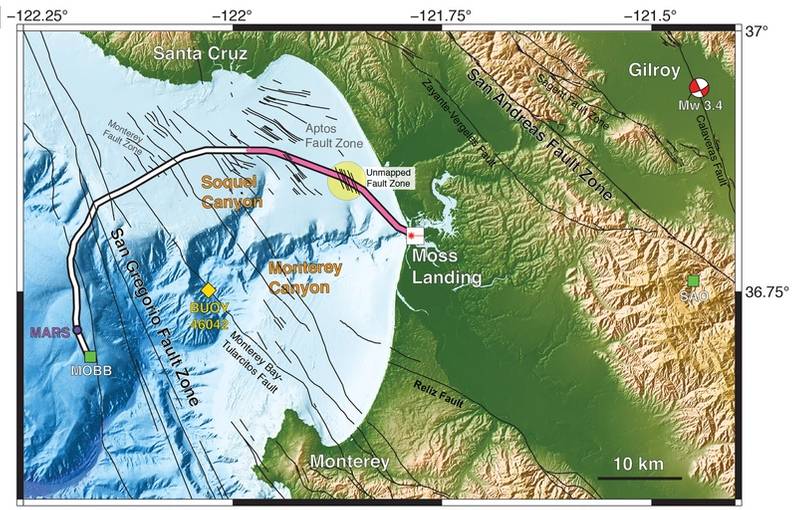 Image 2. Researchers used 20 km (pink) of a 51-km undersea fiber-optic cable, normally used to communicate with the Monterey Accelerated Research System, as a seismic array to study the fault zones under Monterey Bay. Image by Nate Lindsey, from University of California, Berkeley.
Image 2. Researchers used 20 km (pink) of a 51-km undersea fiber-optic cable, normally used to communicate with the Monterey Accelerated Research System, as a seismic array to study the fault zones under Monterey Bay. Image by Nate Lindsey, from University of California, Berkeley.
For Rivet, the goal is to better understand the interaction between the ocean and seafloor as part of understanding the earth’s crust and how it’s structured and changes. That includes looking at active faults that it’s not been possible to look at before. “It’s a very new field and we’re learning new things every day,” she says. “It’s all new data we’ve acquired, that we’ve never seen before.”
This area has been aided by advances in photonic and signal processing. “There have been a couple of step changes that make what we are doing today possible; for example, the quality of the laser light, the way we recover strain data from random Rayleigh scattering down the fibre, how we handle and process terabytes-per-day, and how we make sense of this information.”
It’s opened the field up. Many others are now getting involved, across the US, Canada, Japan and Europe. A challenge is that dark fibres can be limited offshore. But this may change in the future as the technology could evolve to share spectrum with in-use fibres, enabling DAS to run in a cable without disrupting its main use, i.e. data transfer.
Still there is hope. The new Fly-Lion3 submarine fibre optic cable is being laid to provide internet connectivity to the Indian Ocean island of Mayotte, northwest of Madagascar. It’s also been agreed that scientists will be able to use it to detect earthquakes related to a newborn submarine volcano near the island.
Oregon State University has also got funding to install fibre that can be used for DAS work. It’s due to be installed off North Carolina next fall and will extend 1-2km out to sea. Another cable is being installed in Oregon that will stretch 20km out to a wave energy test site. This will also be available for DAS measurements.
Meagan Wengrove, Civil and Construction Engineering Assistant Professor at Oregon State University, is looking to use DAS for coastal hydrodynamic and sediment transportation studies, where traditional instruments are limited. “DAS is a sensor that can measure over potentially 100km with a really fine resolution down to 10m and that range makes it really unique for nearshore ocean monitoring,” she says. “The models we currently use to predict coastal changes after big storms are only accurate 50% of the time – there’s still a lot of room for improvement. DAS technology can give us the ability to monitor over longer periods of time and ranges, and over storm events and constrain how the sediment is moving.” In turn, this will help coastal communities better understand how vulnerable they are and to then do something about it. “Data from the new fibre arrays will be able to feed into the DUNEX – During Nearshore Event Experiment – project, an academic, federal agency and non-governmental collaborative experiment to help understand how hurricanes impact the coast”, adds Wengrove.
There are lots of other ideas of how these cables could be used and efforts to get access to existing cables. The SMART Cables Joint Task Force is an international effort to get sensors incorporated into commercial trans-ocean submarine communication cables for ocean and climate monitoring and disaster warning, for example.
“There are many potential uses. As DAS creates an array, a single cable can be used for monitoring anthropic noise such as marine traffic that impacts marine lives”, says Rivet. Work is being using machine learning to identify useful signals, which could have obvious uses in submarine detection. Cable could also be deployed for subsurface imaging, if paired with a source, like traditional seismic data acquisition. Being able to spot where noise is coming from could be used for many applications from deep sea mining surveillance to wind farm monitoring, suggests Lindsey.
It’s just the start for this technology. To help spur it on, there’s also a National Science Foundation funded DAS Research Coordination Network that’s linked researchers globally to help spur innovation and understanding. It’s a fast-evolving space. You could say it’s moving at light speed… (sorry!).

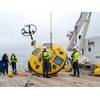
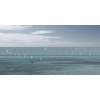
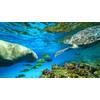
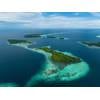
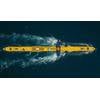







 August 2025
August 2025



